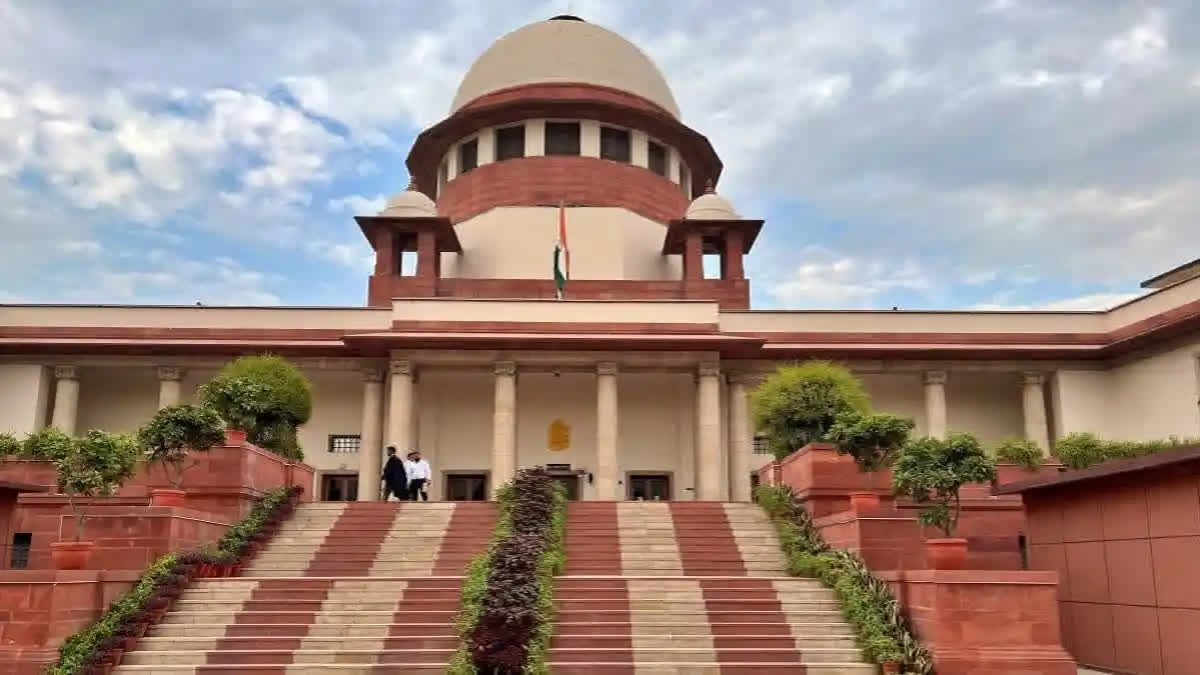New Delhi: The Supreme Court has said that the existing criteria for identification of private forests in Goa are adequate and valid and no alteration is required in them. A bench headed by Justice B R Gavai said the apex court in its December 1996 order had expressly delegated the task of identifying forest areas to expert committees to be constituted by the states, "thereby recognising that there can be no uniform criteria for such identification across the country."
The bench, also comprising Justices Aravind Kumar and Prashant Kumar Mishra, noted that as per the India State of Forest Report, 2017, published by Forest Survey of India (FSI), the forest cover of Goa is 2,229 square km, which is 60.21 per cent of its total geographical area, and it is three times higher than the national forest cover which is 21.54 per cent. In its judgement delivered on January 24, the top court rejected the appeals concerning the criteria issued by Goa for identification of "forests" in the state.
It delivered its verdict on the appeals against a July 2014 order of the National Green Tribunal (Western Zone) Bench, Pune, which had disposed of the applications on the ground that issue of determination of criteria for identification of "forest" forms part of the proceedings in a case which is pending before the apex court. The tribunal had granted liberty to the appellant to approach the top court for remedy.
Dealing with the appeals, the bench observed, "Firstly, the existing criteria for identification of private forests in the state of Goa are adequate and valid, hence, they require no alteration." It said the Ministry of Environment, Forest and Climate Change guidelines as well as the Scheduled Tribes and other Traditional Forest Dwellers (Recognition of Forest Rights) Act, 2006, were clear and unambiguous, as they have exempted the application of the Forest Conservation Act, 1980, on areas that are less than one hectare and where not more than 75 trees have to be cut.
"Further, it can be noticed if the criteria i.e., the canopy density of 0.4 and minimum area of 5 ha is reduced to 0.1 and 1 ha as contended, respectively, it will result in the plantations of coconut, orchards, bamboo, palm, supari, cashew, etc., grown by farmers on their private lands into the category of 'private forest'," it said. "It would be of necessity to note that none of the states have adopted the criteria proposed by the appellant, namely the 0.1 density criteria, as it would result in opening a pandora's box, and it would result in all the states undertaking the task of reassessing the forest area all over again which has since been settled on the basis of existing criteria," the bench noted. The apex court observed the application of criteria cannot be universally standardised across the country, as it is contingent upon the specific geography in each state. "Each state possesses its distinctive geographical features, and as a result, the criteria may vary from one state to another," it said.
-
Powered by html embed youtube video and skip bo regler" class="align-text-top noRightClick twitterSection" data="">



